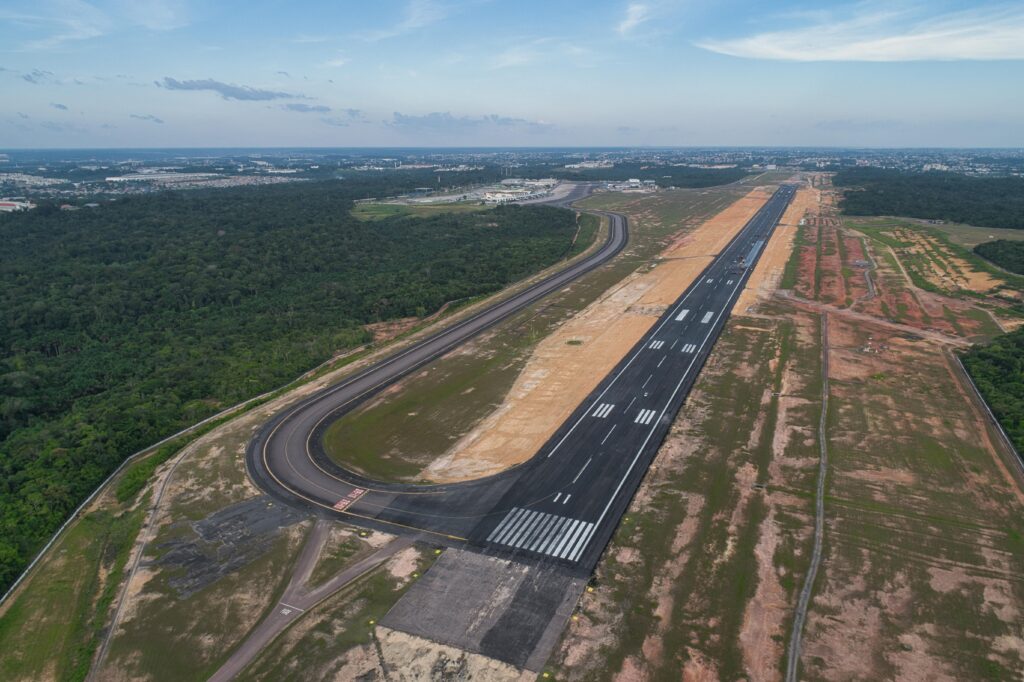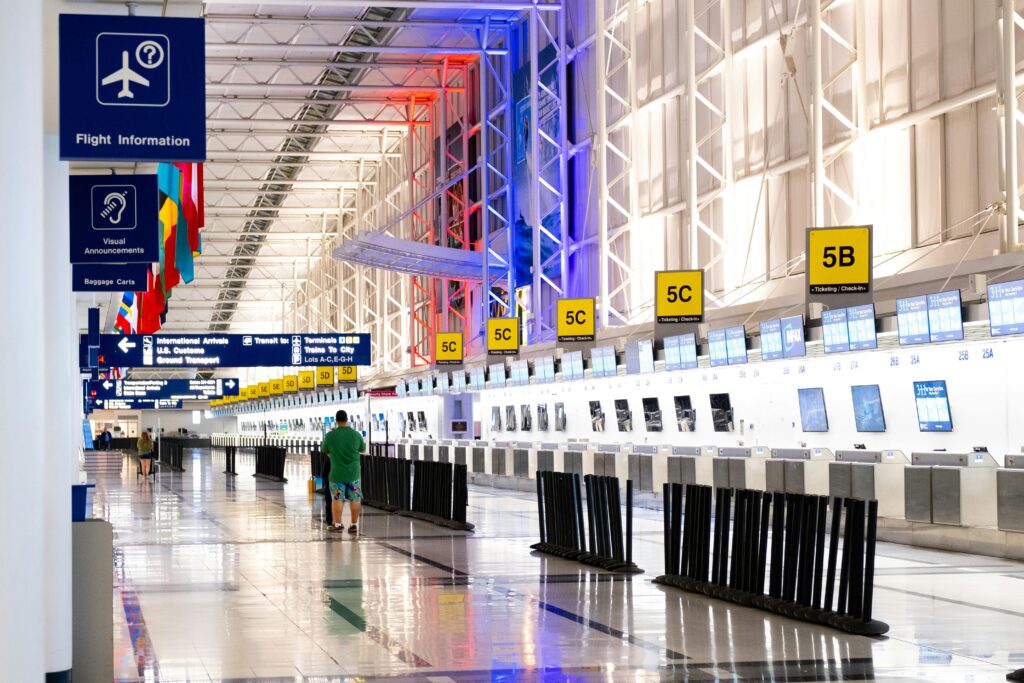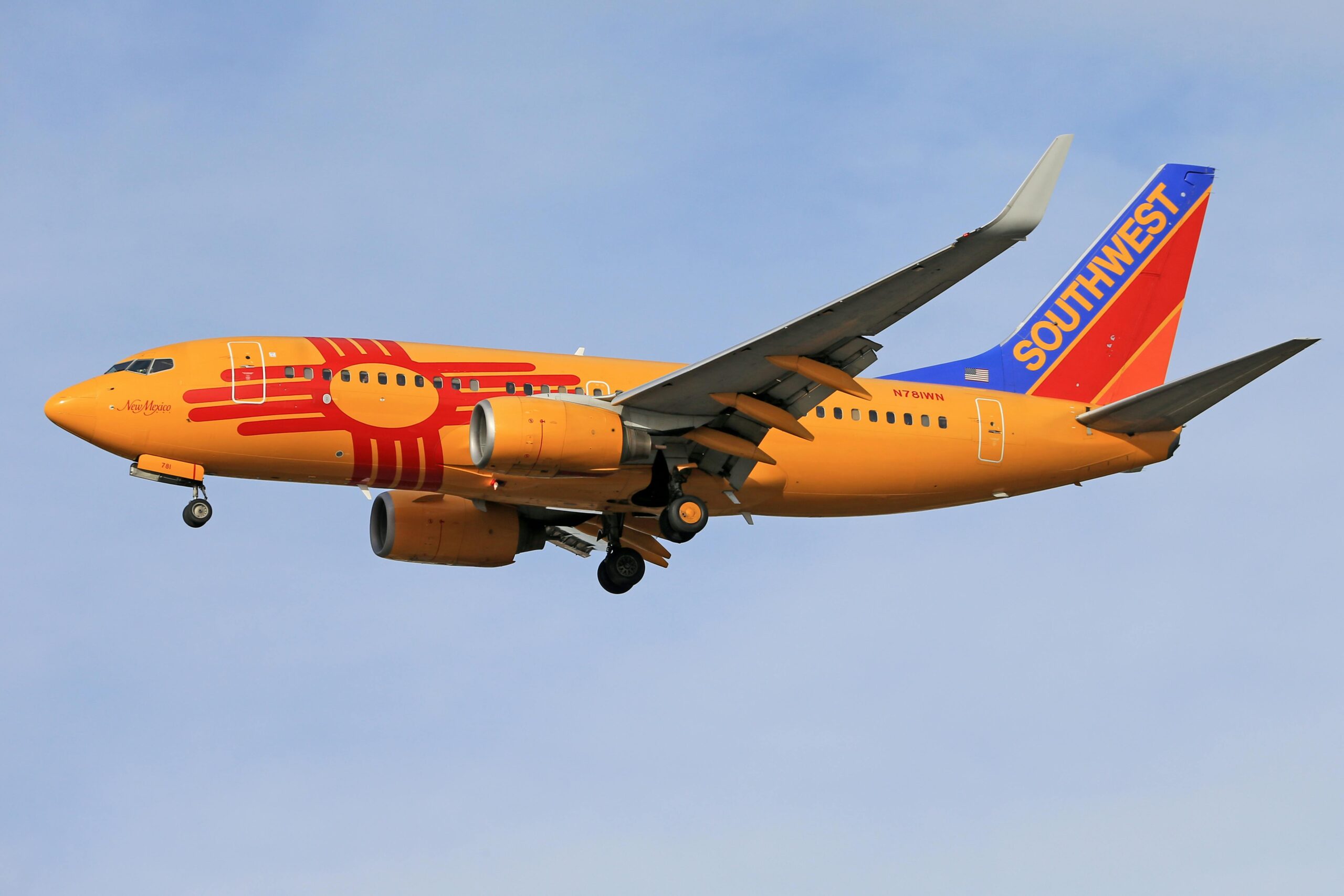On February 25, 2025, a potentially catastrophic aviation incident was narrowly avoided at Chicago Midway International Airport when a Southwest Airlines jet was forced to abort its landing to evade a collision with a private jet. The event, which could have resulted in a major disaster, has reignited concerns about runway safety and air traffic control protocols.

What Happened?
Southwest Airlines Flight 2504, arriving from Omaha, Nebraska, was on final approach at Midway Airport when a Bombardier Challenger 3500, operated by private charter company Flexjet, unexpectedly crossed the active runway. Air traffic controllers had instructed the private jet to hold its position, but for reasons still under investigation, the aircraft entered the runway as the Southwest flight was about to land.
The Southwest pilots acted swiftly, executing a go-around maneuver, a standard safety procedure where an aircraft aborts landing and climbs back into the air to circle for another approach. This quick decision prevented a high-speed collision, ensuring the safety of passengers and crew.
Investigation and Response
The Federal Aviation Administration (FAA) and the National Transportation Safety Board (NTSB) have launched an in-depth investigation into the incident. Preliminary findings suggest that the Flexjet pilots deviated from air traffic control instructions, a leading cause of runway incursions—which occur when an aircraft, vehicle, or pedestrian is incorrectly present on an active runway.
This near-miss adds to a growing concern over recent incidents involving runway incursions at busy airports. Experts are questioning whether current air traffic control systems, pilot training, and airport infrastructure are sufficient to prevent such events.
Understanding Runway Incursions
A runway incursion is any unauthorized entry onto a runway by an aircraft, vehicle, or person, creating a safety hazard. The FAA categorizes incursions into four severity levels, with the most serious potentially leading to collisions.

Causes of Runway Incursions:
- Pilot errors (miscommunication, misunderstanding instructions, or inattention)
- Air traffic control mistakes
- Complex or confusing airport layouts
- Equipment or technological failures
In this case, the Flexjet pilots’ deviation from instructions is suspected to be the primary cause, but investigators are also examining Midway Airport’s layout and signage to determine if environmental factors contributed to the event.
What Measures Are in Place to Prevent Runway Incursions?
To reduce the risk of such incidents, the FAA has implemented several safety measures:
- Runway Incursion Mitigation (RIM) Program – Identifies and rectifies high-risk airport layouts.
- Runway Status Lights (RWSL) – Automated lighting systems alert pilots and controllers to potential conflicts.
- Improved airfield signage and markings – Enhances visibility and clarity of taxiway instructions.
- Enhanced pilot and controller training – Ensures clear communication and situational awareness.
- Advanced surveillance systems – Technologies like ASDE-X (Airport Surface Detection Equipment) help track aircraft movements on the ground.
How Common Are Near-Miss Incidents in Aviation?
While aviation remains one of the safest forms of transportation, near-miss incidents have been increasing, partly due to:
- Higher air traffic volume
- Increased reliance on aging air traffic control technology
- Pilot and controller staffing shortages
What This Means for Air Travelers
Passengers may wonder if incidents like this should cause concern about air travel safety. The reality is that while runway incursions pose a serious risk, the aviation industry prioritizes safety above all else. Every incident leads to comprehensive reviews, updated procedures, and enhanced safety measures to prevent future occurrences.

Frequently Asked Questions
1. What is a go-around maneuver?
A go-around is a standard aviation procedure where a pilot aborts a landing and climbs back into the air to circle and attempt another approach when landing conditions are unsafe.
2. How does air traffic control help prevent runway incursions?
Controllers monitor aircraft movements on the ground and in the air, providing instructions to ensure aircraft remain at a safe distance from each other.
3. Who investigates near-miss incidents?
The FAA and NTSB conduct investigations into near-miss events to determine causes and recommend safety improvements.
4. How can airports improve runway safety?
Airports can enhance safety by implementing better signage, lighting, technology, and stricter communication protocols for pilots and controllers.
5. Should passengers be worried about near-miss incidents?
While near-misses are serious, aviation authorities continuously improve safety measures to keep air travel one of the safest modes of transportation.
The Chicago Midway near-miss serves as a crucial reminder of why stringent aviation safety measures are in place. Thanks to the quick thinking of the Southwest pilots and the rigorous safety protocols in place, disaster was avoided. As investigations continue, the aviation industry will use this incident as an opportunity to strengthen safety practices and prevent future occurrences.
Sources CNN


